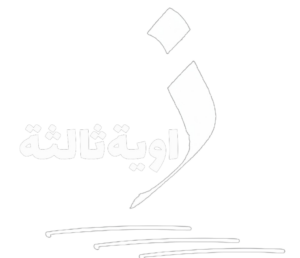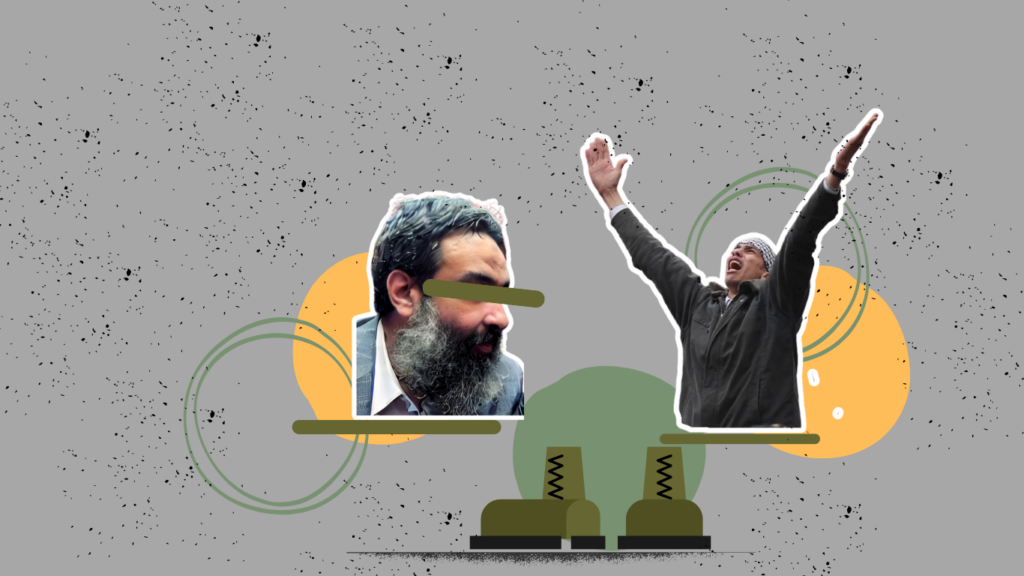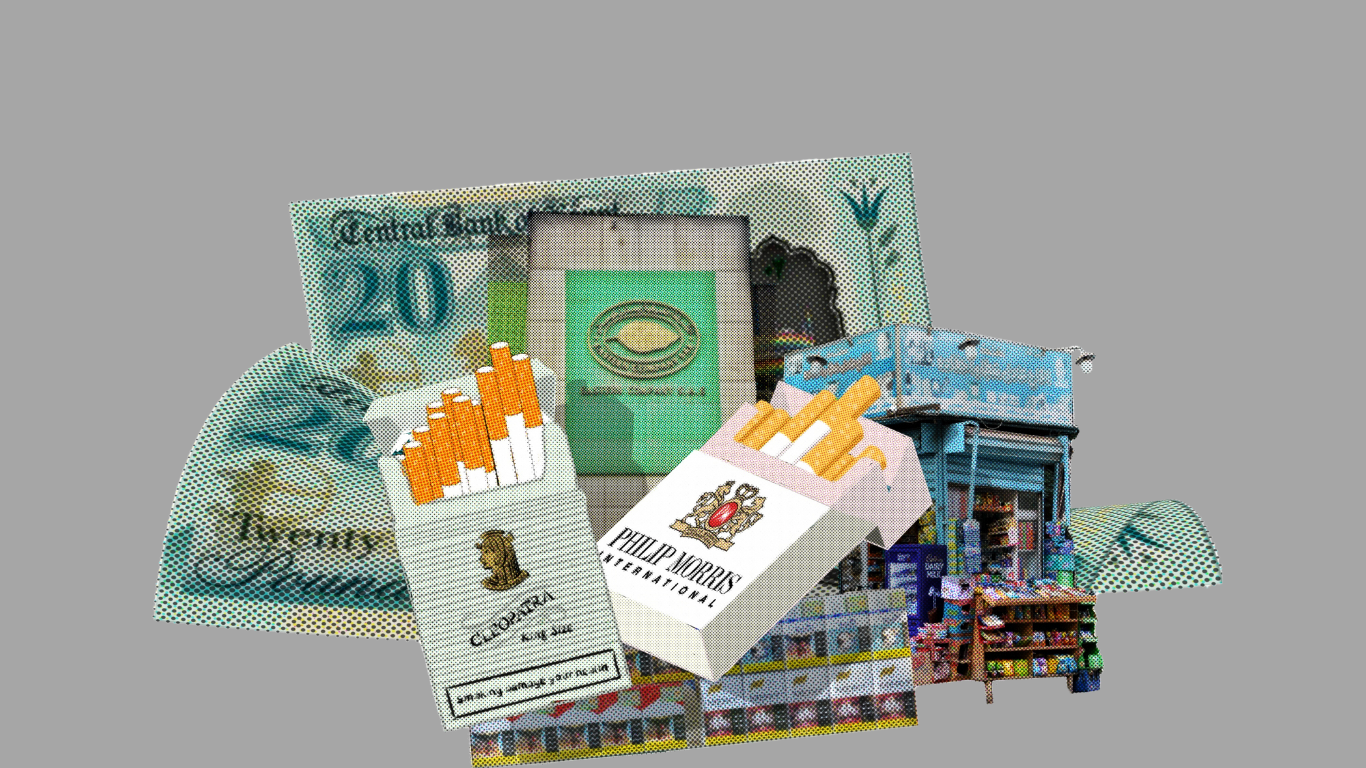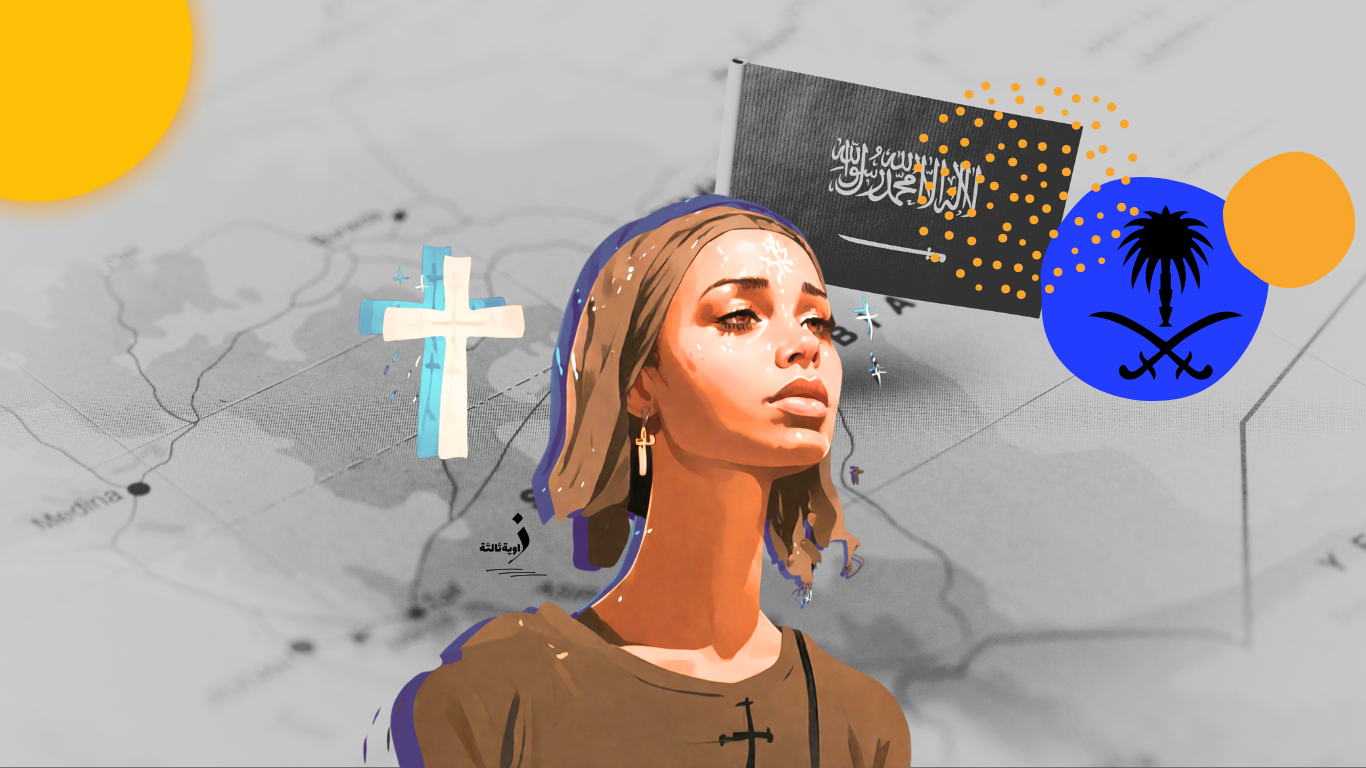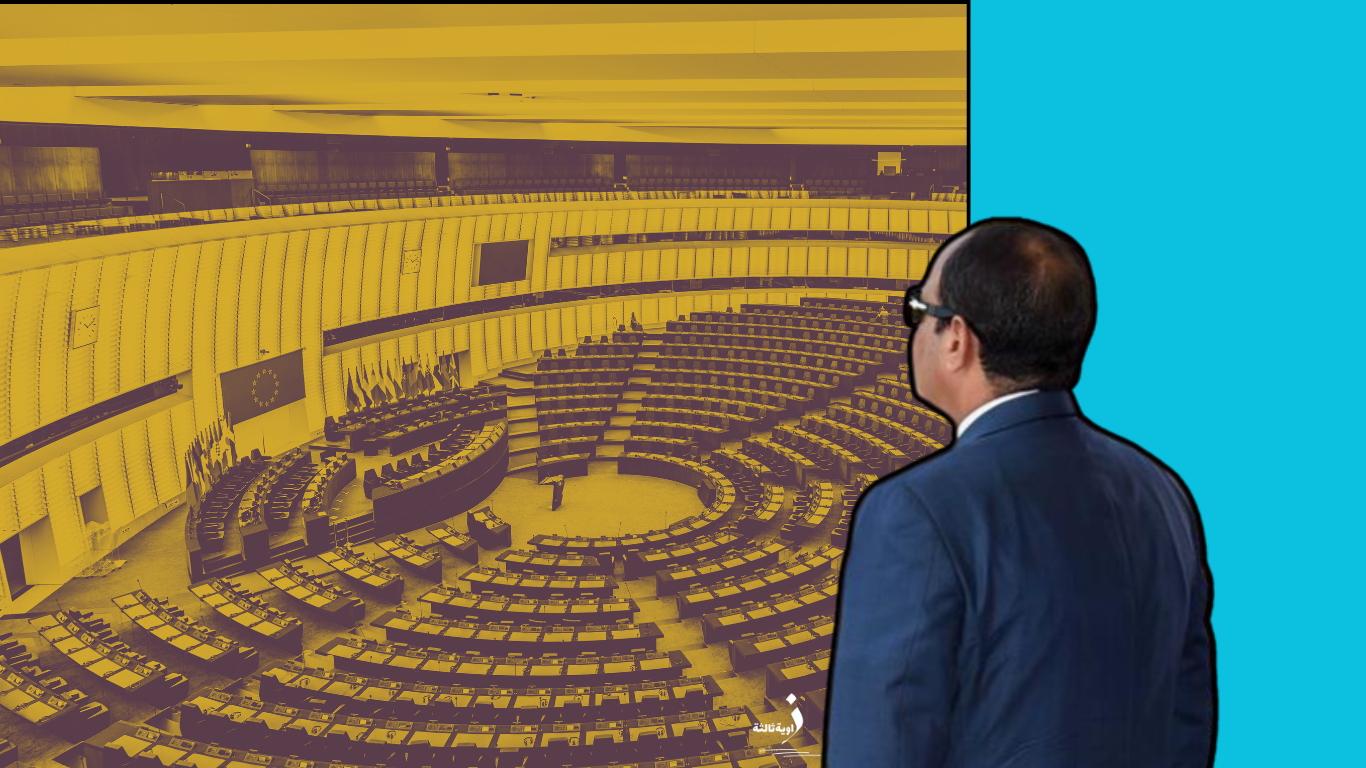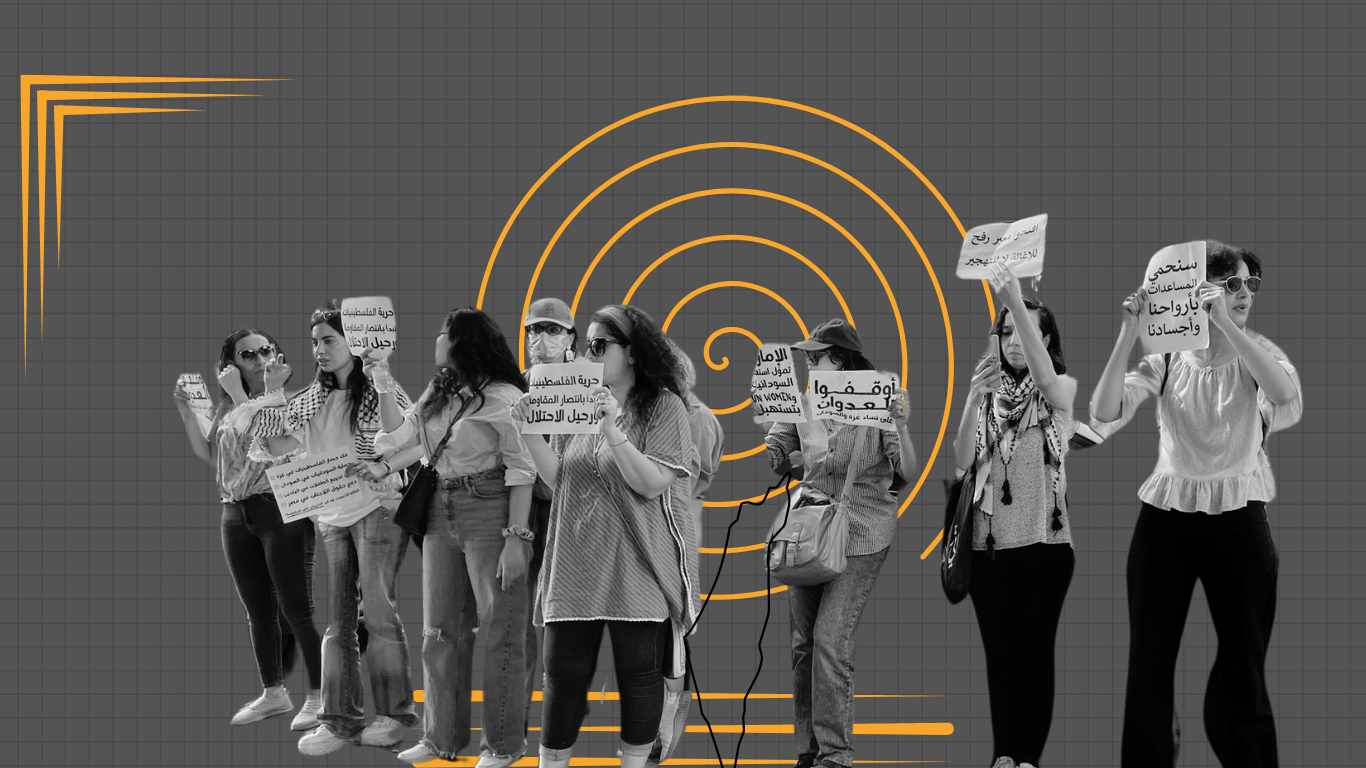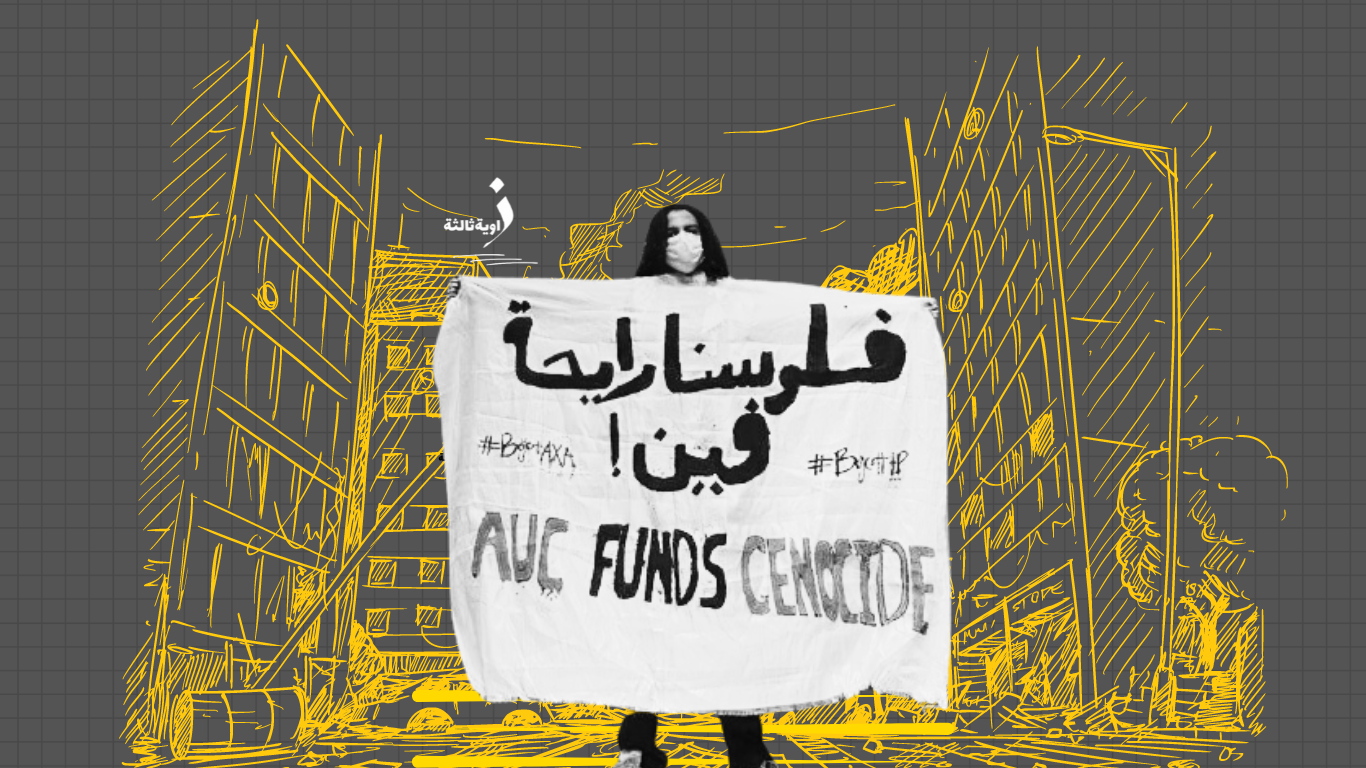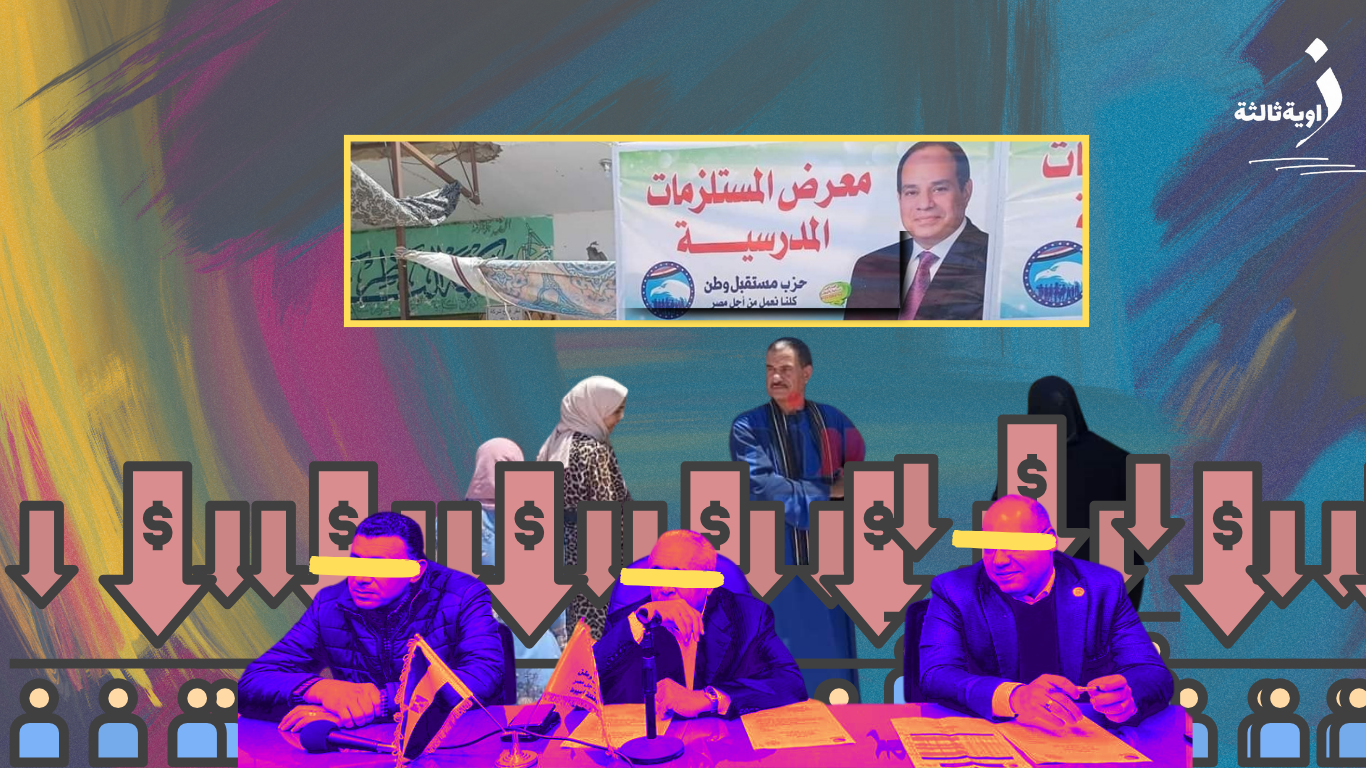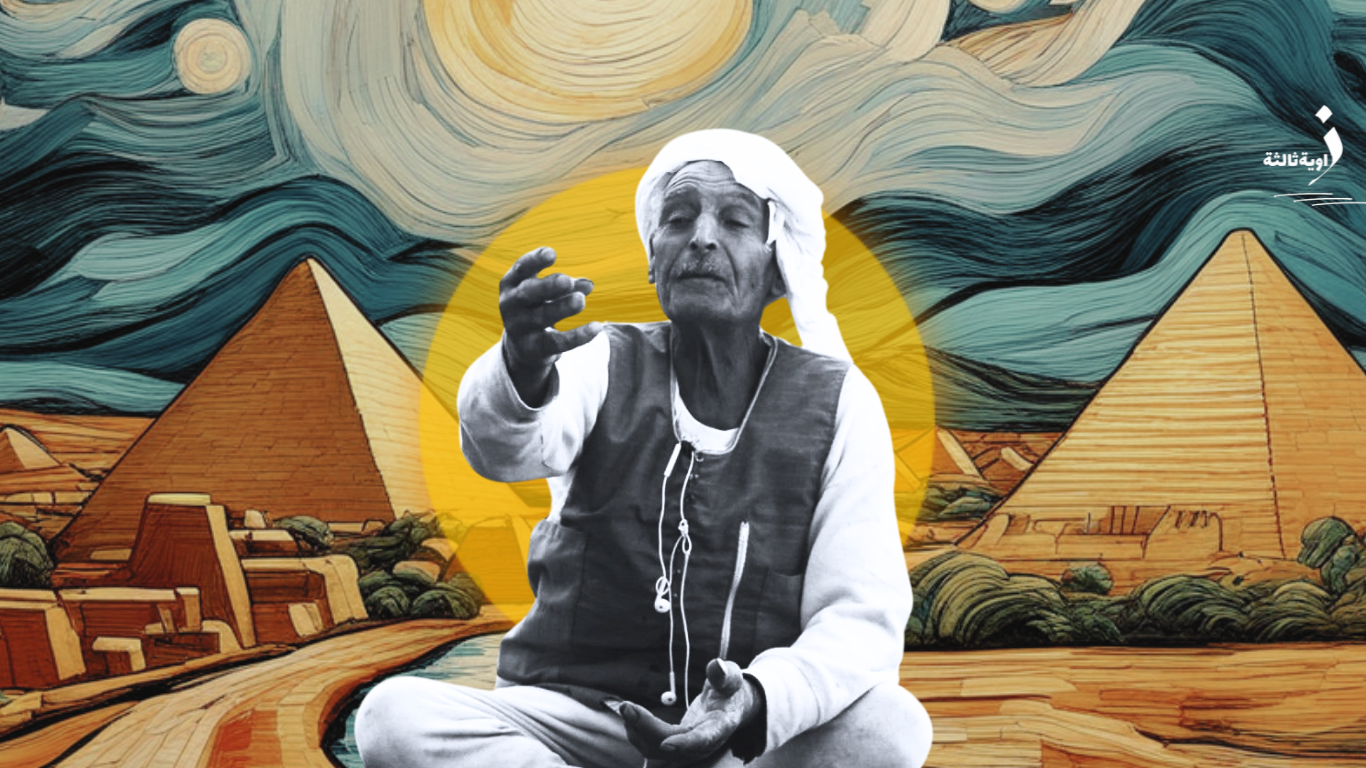The most appropriate entry point for discussing the memory of the January 25th revolution is that the history of that moment is associated with the history of protest calls, not with the results that ensued. In the words of “Mohammed Naeem” in his book “The History of Rebellion and Scabies,” “It is called the January revolution, meaning it is dated to the moment of its outbreak, not the moment of Hosni Mubarak’s fall.” This simple observation places us in front of the obstacle of separating the event from its consequences in the post-revolutionary historical process. It diminishes the significance of considering the developments that led to the revival of the repressive national state in the form of the “new republic” as an extension of the revolution, not a separation from it. In other words, in the imagination of the revolutionaries, the memory of “the revolution” seems like an event that transcended its historical context and detached itself from what followed.
If the formation of that revolutionary event was the result of decades of fragmentation at various political, social, and economic levels, bringing most conflicts to the surface, undermining the structure and function of the modern national state became possible. The importance of dealing with the event of the revolution must be linked to what it carried, as expressed by “Amr Abdel Rahman” in his contribution to the book “January Revolution (A Critical View)”: “Everything seems inevitable, as much as everything seems possible.”
Therefore, the January revolution becomes a fundamental factor in understanding and dating the era of the imagined “new republic.” From this perspective, we attempt to pose specific questions, such as how did the “January revolution” contribute to laying the first brick for Egypt under Sisi? Why did the revolution turn into a “ghost” hovering around the new republic? Is the path to democracy conditional on a reassessment and criticism of the Egyptian revolution?
Revolution for All: Intersecting Paths
Under the rule of Mubarak, who was dominated by a modern security mentality, and despite his thirty-year reign in Egypt, he found himself heading towards the abyss for various reasons. The most prominent among them was the dissatisfaction of the military bureaucracy with the project of inheriting power to Mubarak’s son. This project had a direct inclination to allow the bourgeoisie class to participate closely in power for the first time since the establishment of the national state. This affected the political and military imagination of the state, causing concern about the loss of effectiveness and status of the military bureaucracy as a key player in managing interests, national development projects, and maintaining geostrategic stability.
These changes in the final decade of Mubarak’s rule contributed to the crystallization of civil movement activities with its various currents. The aspirations of its elite seemed limited by the military’s position in the political equation. Additionally, youth movements and organizations emerged based on protest demands, rather than following the pattern of classical revolutionary organizations that penetrate wide social and political movements with the aim of carrying an alternative project to power.
Social factors such as class disparity, corruption, the absence of social, party, and union representation for the working class, and the indifference of the middle class are key components of fundamental revolutions. Revolutions erupt in the midst of tumultuous conditions within the political and social system. Mubarak’s regime did not suffer socially from a slackening grip on security but rather from weakness in the ideological and literary aspects, as expressed by the Moroccan thinker and historian Abdullah al-Arwi in his book “The Concept of the State.” The decline of Mubarak’s regime stemmed from the inability to expand the voluntary dominance through integration and inclusion of dissatisfied and affected segments, or with the relative internal fissures in loyalty and dissatisfaction with governmental performance and the inheritance project. However, the escalating discontent in the final years of Mubarak’s rule was not enough to lead to the crystallization of broad social movements, making the political prospects for alternatives very limited and constrained.
It seems, in one way or another, that the political and social factors favored the dominance of Islamic political movements, particularly the continued strength of the Muslim Brotherhood despite security control. The rise of political Islam and its penetration into social fabric occurred within the framework of the Islamic awakening in the region. It was facilitated by the regime’s tolerance and alignment with their involvement and control in professional and student unions, their expansion in charitable and civil associations. Mubarak appears to have facilitated the expansion of Wahhabi Salafism in the context of the Egyptian-Saudi alliance, aiming to limit the influence of the Muslim Brotherhood and make Salafism a socially competitive force in mosques and civil associations. In the final analysis, the state’s utilization of the social role of Islamic groups is seen as playing with fire.
Many analysts and observers also believed that the presence of political Islam was an important political card domestically, serving as a deterrent against the chaos of the revolution and the threat of the Muslim Brotherhood. Internationally, it was seen as an expression of pressure within the framework of the Arab Islamic nation, and as a message to the international community, especially the United States, during the “war on terror” period. It was argued that the continuation of Mubarak was more suitable for stability than the Islamic alternative.
On the other hand, the strength of the Muslim Brotherhood organization expanded among the popular and social bases, based on the principles of “public preaching and secret organization.” These principles were formulated in the 1980s by Hussein Ali Jaber in his book “The Path to the Muslim Brotherhood.” However, what seems lacking in the Brotherhood is efficiency and political imagination, as they mixed the religious and political aspects. According to the former deputy guide, Muhammad Habeib: “Unfortunately, we nominate popular figures that have religious weight but do not reach politics.” This became evident during the transitional period and under the rule of former President Mohamed Morsi.
“The army and the people are one hand” is a slogan sufficient to symbolize the position of the army in the structure of the modern national state. The national army is considered the pioneer of the revolution for any revolutionary popular movement in the context of the Arab state. What happened during the revolution and the transitional period was not far from the theoretical perspectives. In his encyclopedic book “Amplification of the Arab State,” the Egyptian thinker Nazeih Al-Ayubi delves into the relationship between civil and military aspects in Egypt, providing insightful analysis of the state and society structure. He asserts that if a popular uprising is destined to occur, there are two possible scenarios for military intervention to restore order, as happened in 1977 and 1986: either the top leadership takes control, citing the restoration of law and order, or a deal is struck between factions of the military and factions of the Islamic movement.
It appears that both possibilities occurred concurrently in a manner that corresponds to the unfolding events. The published “Memoirs of General Sami Anan” suggest his proposal to Field Marshal Tantawi for a soft coup, with a national motive to preserve the state structure. In the end, it seems that the pressure on Mubarak led to a settlement, paving the way for military leadership to take over in a secure path following a purely security mentality. The goal was to preserve the state and allow for deep reform while maintaining the status quo, without compromising the internal and regional interests of the military bureaucracy. This seemed to be a stumbling block in the complete success of the deal between the military and Islamic factions, resulting in the emergence of a central figure, the “Director of Military Intelligence,” who was appointed as the Minister of Defense with the label of the “Freedom and Justice” revolution.
Here, the path of “Sisi” was gradually paved day by day. Journalist Yasser Rizk, in his book “The Years of the Fifties,” mentioned that Field Marshal Tantawi seemed to be grooming the young general, Abdel Fattah al-Sisi, as a future overall commander of the armed forces. Perhaps, he viewed him as his successor in leadership. It leads us to say that a monumental event like the January revolution provided a suitable environment for the ambitious general to demonstrate his ability to protect the pillars of the “state” and its structure from any project that did not align with the uniqueness of the military institution and the doctrine of security preservation.
However, boasting about the diversity of components and currents within the Egyptian revolution was both deceptive and temporary, yet it was also fascinating. The paths that intersected in the moment of January and produced general and loose slogans each had its own final trajectory, reflecting the aspirations of each party in light of the political equation. January was identity-diverse depending on each perspective, whether it was seen as a soft/white military coup, an Islamic revolution, a civil liberal revolution, or a popular and social revolution. Even when the revolution seemed to belong to everyone and no one, it failed to reconcile the relationships between parties and positions based on possible common interests.
It appears that the cultural and social building factor was a barrier to progress away from exclusionary solutions. The military-security culture is tied to the concept of the national state and is prevalent in popular sayings. It is also consistent with a tradition of social, cultural, and political oppression, starting from family rule to a highly centralized state. Modern Islamic groups, despite the diversity of their trends in society and politics, find their ideology aligning only with seeking dominance through religious faith. The reformist bourgeoisie of the Muslim Brotherhood has not compensated for the lack of imagination and political effectiveness. Various civil currents have often found themselves complicit with either the military or the Islamists in the absence of a civil political project and due to the lack of deep-rooted popular bases. Youth movements have tended to romanticize ideals that often transcend reality in most situations.
Revolution History: The Transformation of its Memory into a Ghost for the Egyptian Authority
It must be said that the Egyptian revolution expressed the magnification of the crisis within both society and the state. However, in one way or another, it did not deviate from the foundations of the national state, its conceptual, structural, and ideological framework, nor from the conservative social values. Therefore, the solutions and transformative goals raised in the name of the revolution, whether by the Muslim Brotherhood or the civilian revolutionaries, were not effective in influencing and negotiating with that structure of the deep state apparatus. Perhaps the revolution propelled political Islam movements to the peak of their awakening, enabling them to mobilize, gather, negotiate, and contribute to the success of one of its largest factions, the “Brotherhood,” in reaching the helm of power. This illustrates that the idea of revolution in the ideology of the Muslim Brotherhood differs from the concept of revolution held by civilian sectors. Both aim to transition the national state either towards an Islamic character or a conservative political democracy.
As for the concept of popular revolution in the prevailing military doctrine, it seems somewhat complex. On one hand, the uprisings create an environment of disturbance and chaos, threatening public security. However, at the same time, they represent an opportune moment for aspirations and reformist visions within the deep state, especially the military bureaucracy, aiming to revitalize the state and correct its course by gaining popular support.
What makes it possible to say that the new republic is ultimately an early outcome of the January revolution is looking at history as a “subject of a historical struggle,” in the words of the French sociologist Pierre Bourdieu. This explains that the victorious party always seeks to dominate its narrative with its own perceptions and statements, as reflected in the speeches of the “new republic,” attempting to narrate the history of the revolution solely through the aspects of turbulent events! Despite the acknowledgment of the legitimacy of the 2011 revolution by the authorities and its continuation in 2013, the recurring theme in the rhetoric of those in power suggests that the “legitimate” January revolution was surrounded by conspiracies aimed at undermining the state. The event also carries the economic and developmental failures, regardless of the reasons and factors that led to them.
This discourse does not seem deceptive as much as it expresses a firm conviction in a vision that appears overly simplistic and reductionist. The use of history in a way that serves the narrative of the new state seems directed not only to the people and public opinion but more so to the circles of interests and accounts supporting the consolidation of power to stabilize their affairs. It also reflects a recurring concern about the complexity of the deep state. If the revolution is a component of the path to the new republic, it appears that this history has become a lingering specter in the imagination of those in power. This began early in transforming the memory of the revolution into a security grip aimed at reinforcing oppression and rebuilding a high wall of fear once again.
After the revolution: Does the “new republic” transition to democracy?
The legend of “the country needs a military man” traces back to the formation of modern Egyptian identity, where the military played a central role in political life. The Egyptian national consciousness emerged during the Urabi Revolution, and the first republic was established within the movement of the “Free Officers,” individuals with a political background shaped during the monarchy and the 1919 Revolution. Despite being, in a way, the offspring of that political life and its parties, the circumstances underwent radical changes in the structure of society, the state, and the nature of production. The military “personality” came to be considered an example of discipline, efficiency, honor, and patriotism. The charisma of “Abdul Nasser” and the cunning of “Sadat” represented a legacy passed down, and it is noteworthy that both defeat and victory solidified the image of the “hero” in the popular consciousness amid times of war and peace.
However, that image ingrained in minds is popularly summoned in times of crises, where joining the army is considered the epitome of embodied patriotism. Despite the military institution’s efforts to avoid politicization within its ranks, when the military leadership signals a decision to rescue the situation from deterioration or the danger of internal conflict, feelings of patriotism are exclusively invoked. Attention is diverted from its structural ties to power and the market, as it assumes a guardianship role over political life and the reproduction of societal subjugation and direction.
The January revolution collided with this emotional and conceptual structure, but this effectiveness remained temporary and transient. The will of the revolutionary actors depended on the compatibility of their paths and theories with the objective conditions of the historical and social context. The modern state had marginalized society in favor of inflating its institutions, and there is no talk of change without restoring society to the equation. This can only be achieved through the revolutionary visions opening up to the various social sectors and margins in a profound manner during stagnant periods.
The evident irony witnessed during the days of the revolution, where the squares were filled with protesters and sellers alike, draws attention to the low-income segments. Their primary concern was to benefit from what was happening, even when they were affected by the bullets and suppression that targeted the protesters. The gathering of street vendors in a union representing them seemed like a revolutionary social aspect, but ultimately, it was left to adapt to the security control.
Critiquing the history of the revolution involves attempting to penetrate the potential paths that were not within the scope of the limited political actors at that moment. The task of dismantling the concept of “military rescue” in favor of developing a collective sense towards the importance of society and its capabilities comes with the broader promotion of democratic practices. This occurs through the challenging and laborious birth of civil society, organized through various entities such as unions, professional organizations, student groups, human rights advocates, and political parties, even in the face of the public sphere’s siege. However, it remains within the realm of possibility.
Shaping the concept of “rescue” in a civil societal manner is an extended critique of both the revolution and the modern state. The Egyptian modernity model has always leaned towards top-down change, from Muhammad Ali to Abdel Nasser. Even though the January revolution seemed to demand that changes occur from top to bottom, it prompts us to rethink horizontal social dynamics. It encourages the strengthening of democratic practices among groups aiming to establish a participatory and competitive civil political life. Flow and practice have various aspects and methods, not confined to revolutionary slogans without standing on solid ground. Change requires knowledge and collaborative action. Hence, there are many aspects that allow authoritarianism to persist and reproduce itself as long as its justifications and structure are present.
Critiquing the experience of the January revolution is a dismantling of numerous conceptual frameworks upon which our institutions and imagination rest, reaching into concepts of the nation and nationalism with their authoritarian connotations. If the society was not ready for democracy, as General Omar Suleiman stated, it is undoubtedly the responsibility of the modern state, but also involves a shared responsibility with the imagined concept of revolution for exploring avenues of change.
